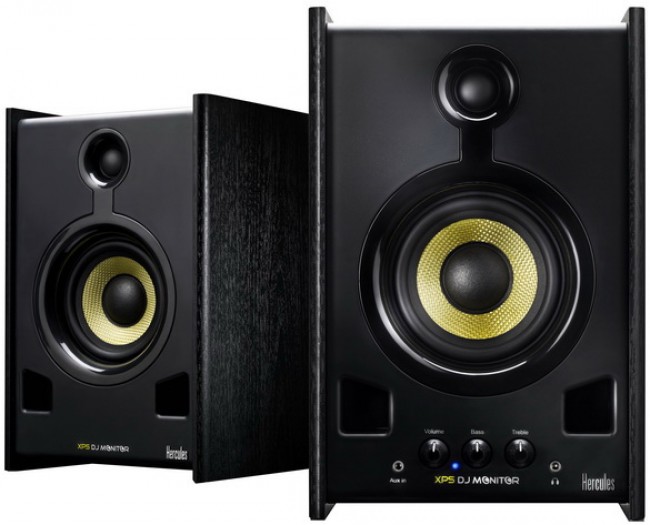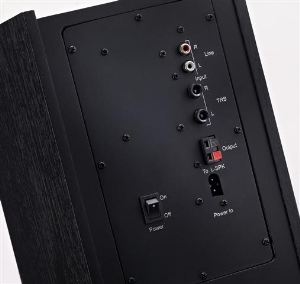 The DJ monitor/project studio market has historically been served by the likes of M-Audio, Behringer, Mackie and Fostex, just to name a few. More recently, though, we’ve seen some familiar consumer electronics names like Pioneer, Paradigm and even high-end speaker-maker Focal jumping into fray, indicating there’s room for more players in what appears to be a rapidly growing product segment. Well now there’s yet another competitor and, based on what we’re seeing, this latest addition could end up redefining the term “entry level” for aspiring DJs and project studio masters.
The DJ monitor/project studio market has historically been served by the likes of M-Audio, Behringer, Mackie and Fostex, just to name a few. More recently, though, we’ve seen some familiar consumer electronics names like Pioneer, Paradigm and even high-end speaker-maker Focal jumping into fray, indicating there’s room for more players in what appears to be a rapidly growing product segment. Well now there’s yet another competitor and, based on what we’re seeing, this latest addition could end up redefining the term “entry level” for aspiring DJs and project studio masters.
Hercules, best known around these parts for their computer and desktop audio solutions, has just announced its XPS 2.0 80 DJ Monitor. The two compact satellites in the system are made of wood with larger woodgrain-finished side panels and a curved
Controls dials are located below the woofer on the bottom of the control monitor to adjust volume, treble and bass. Flanking these dials is what appears to be a 1/8″ headphone output (why not 1/4″?) and 1/8″ auxiliary input so the speakers could be used with a wide range of devices. Hercules claims the pair of monitors are powered by a 40 watt RMS amplifier capable of 80 watts of peak power.
While the XPS 2.0 80 DJ monitor doesn’t offer some of the more advanced connectivity and control options of its more expensive brethren, it does offer a significantly lower price. Comparable speakers from M-Audio and Behringer usually start around $200/pair and rise steeply from there. Hercules says it will offer the XPS 2.0 80 DJ monitor for $169.95 starting in late October.



